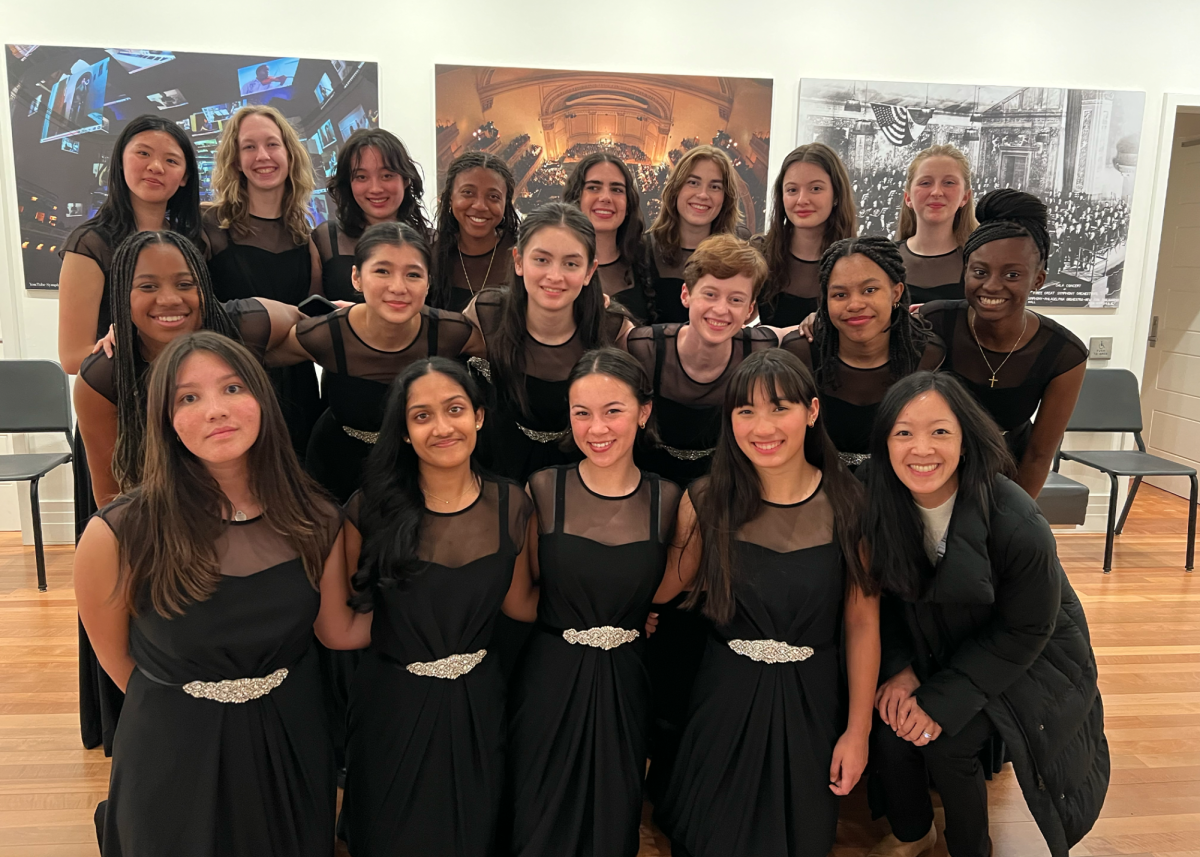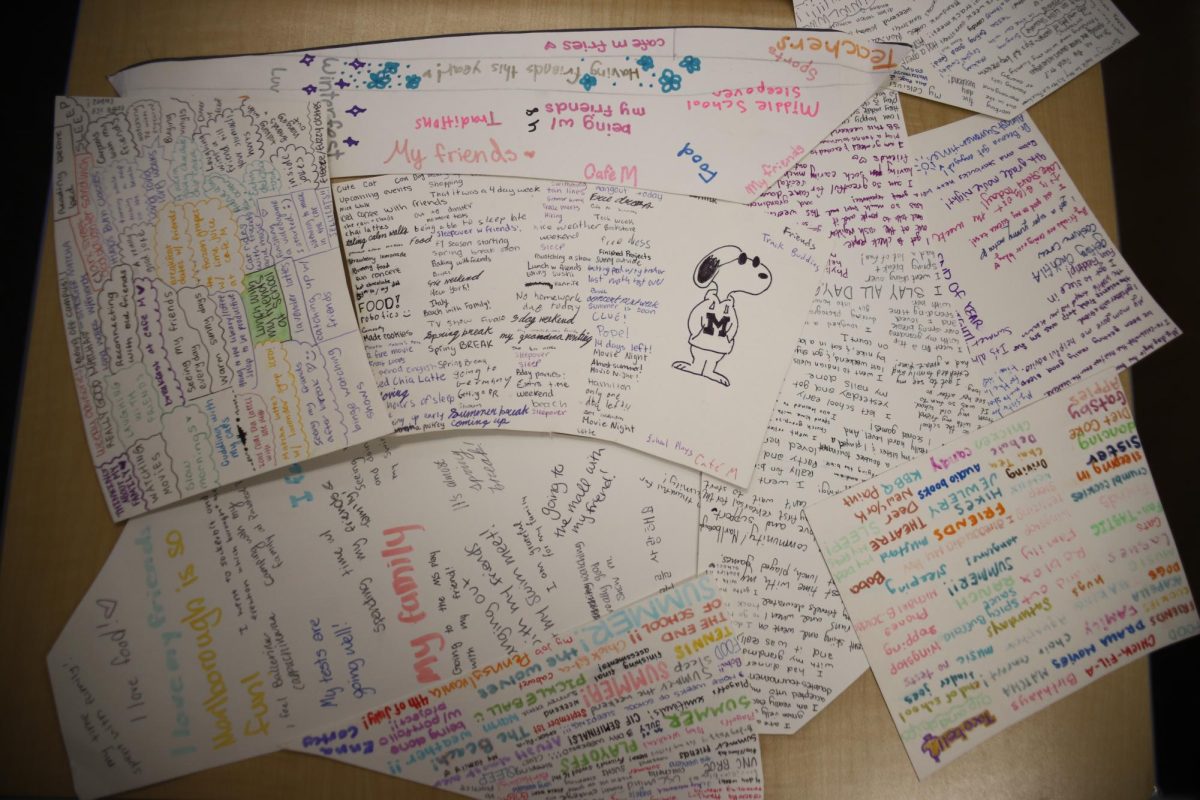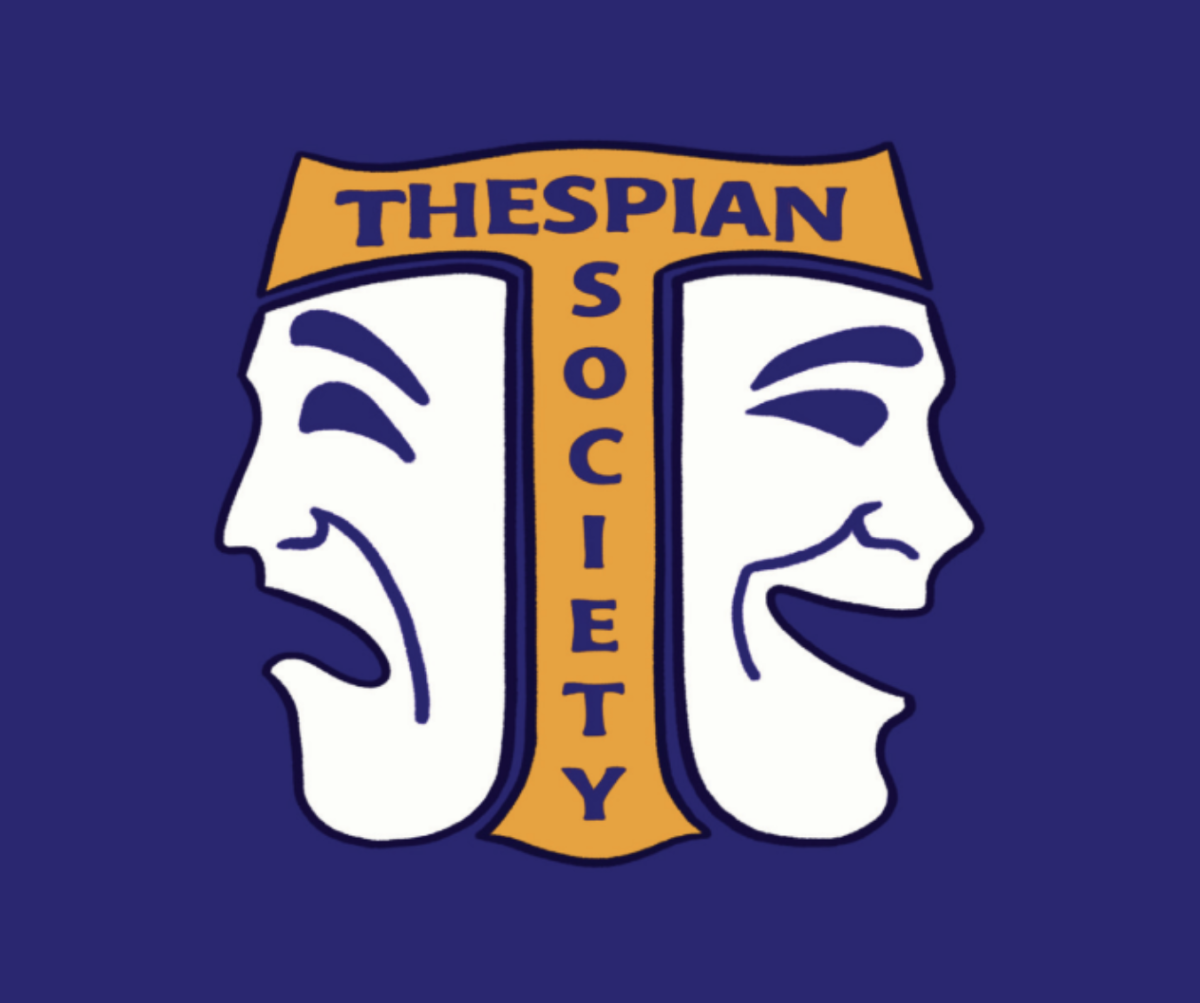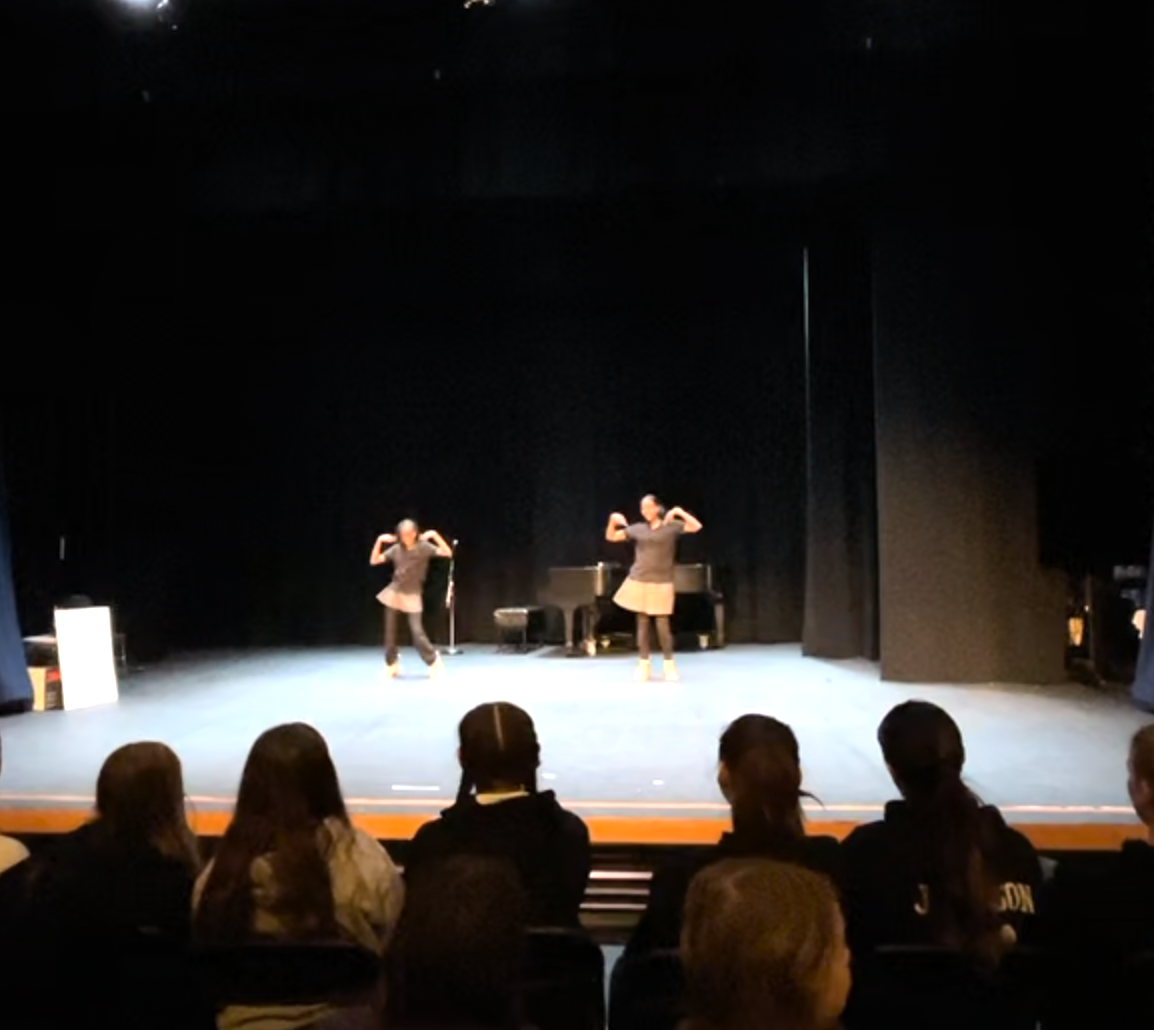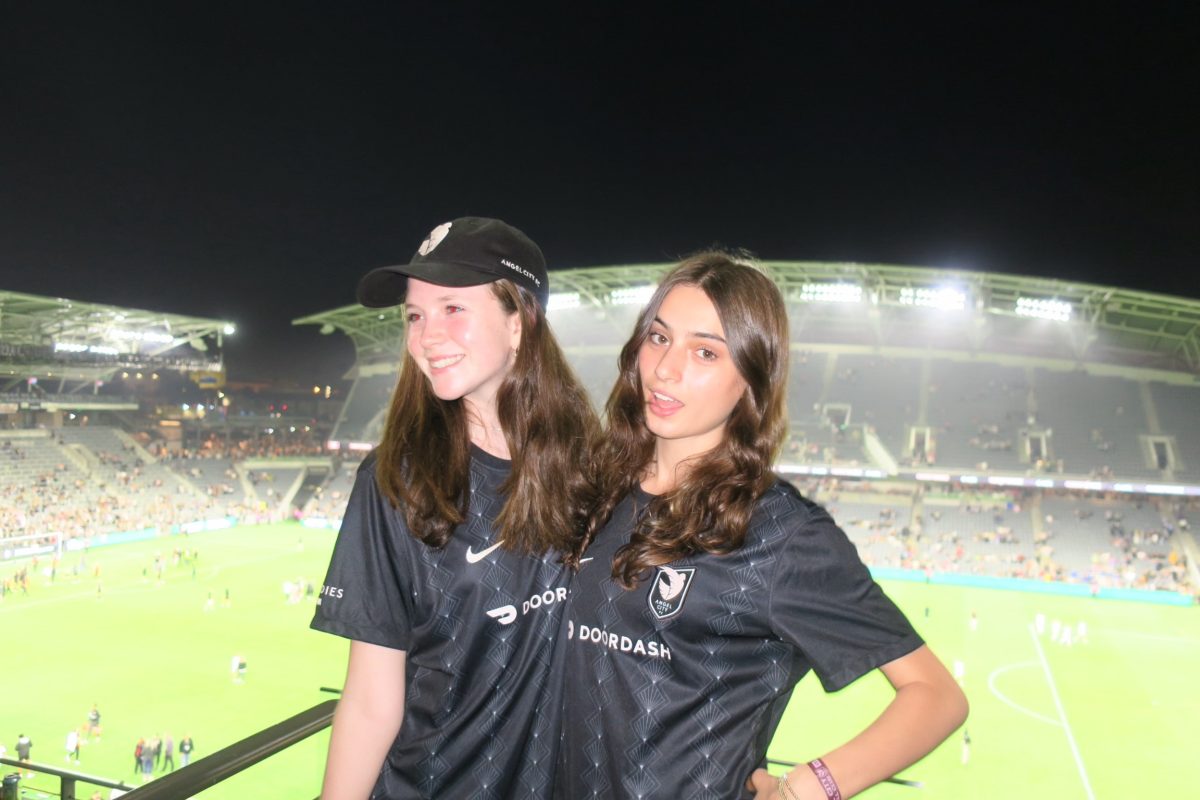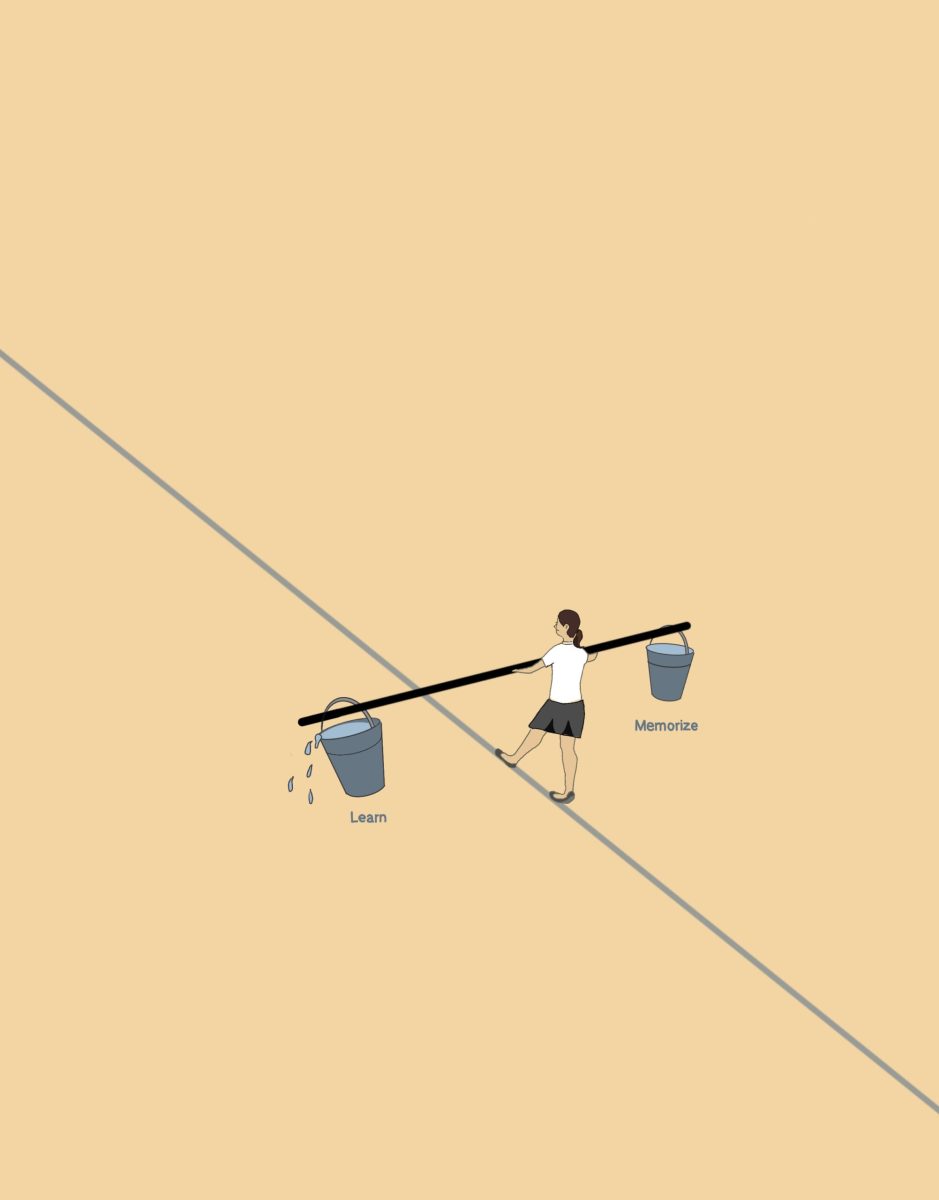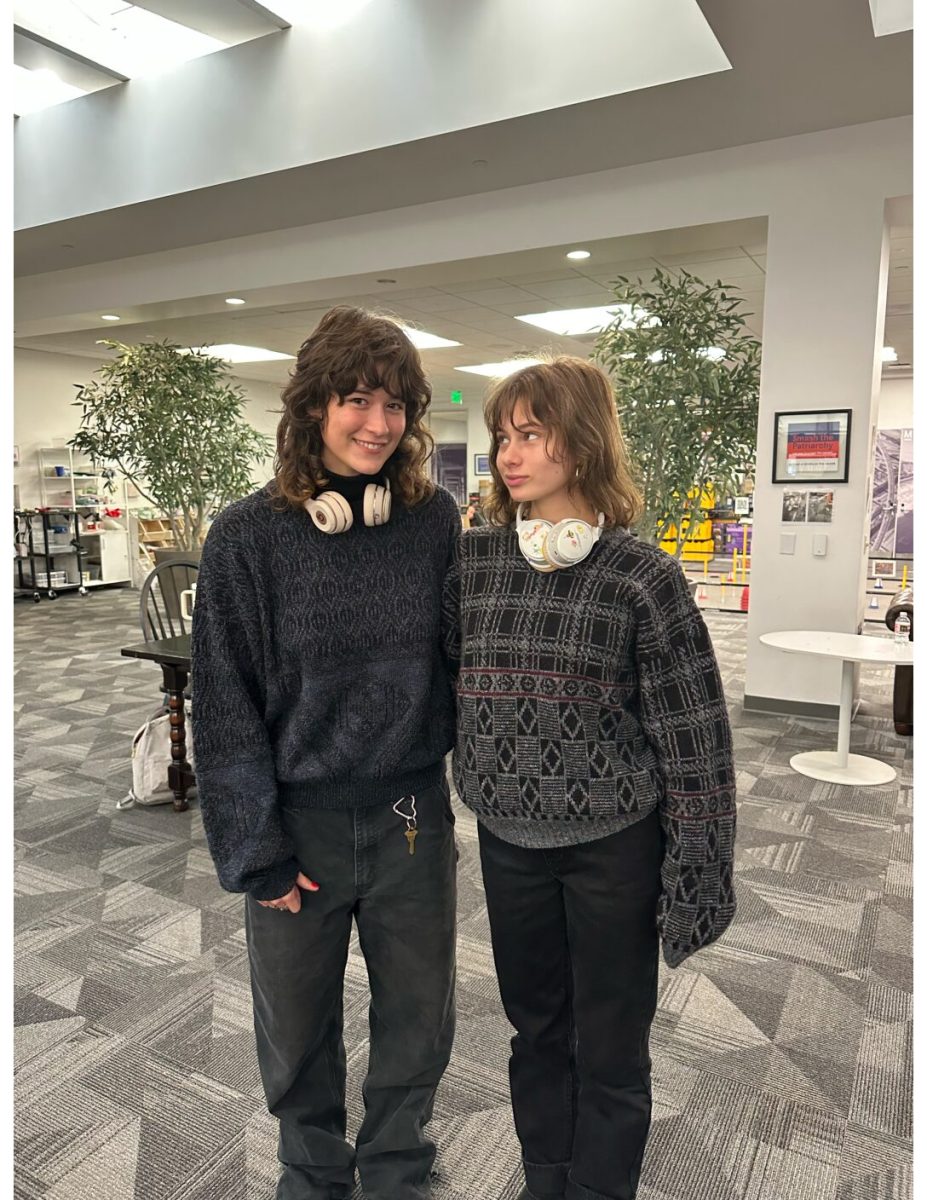 In the two weeks prior to the opening of the Artist-in-Residence exhibition in Seaver Gallery on Friday, March 18, visual arts instructor Chelsea Dean’s classroom teemed with color, conversation and student-artists hard at work on a very specific type of artwork: prints. Printmaking involves painting or scratching an image onto a plate (plexiglass in this case) and inking that plate to make multiple copies on paper. In the midst of this lively scene stood an unfamiliar man who peacefully and efficiently consulted with multiple students on their respective pieces.
In the two weeks prior to the opening of the Artist-in-Residence exhibition in Seaver Gallery on Friday, March 18, visual arts instructor Chelsea Dean’s classroom teemed with color, conversation and student-artists hard at work on a very specific type of artwork: prints. Printmaking involves painting or scratching an image onto a plate (plexiglass in this case) and inking that plate to make multiple copies on paper. In the midst of this lively scene stood an unfamiliar man who peacefully and efficiently consulted with multiple students on their respective pieces.
This man is artist-in-residence Ron Pokrasso, a printmaker from Santa Fe, New Mexico, who was invited to work with students at Marlborough following the arrival of the two new printing presses last year. He was initially discovered by visual arts instructors Kathy Rea and Judith Tanzman, who both attended and enjoyed multiple workshops he led about nine years ago. According to Rea, a strong aspect of his workshops was his approach about the process and how he works with his students.
“I like that he focuses more on process than product,” Rea commented on his teaching methods.
Hazel Berger ’18 agreed, saying that the most valuable part of his process was that it was all about experimentation and going into the project without a clear idea of what the end product would look like.
“It’s okay to make mistakes and it’s okay to blend colors and basically do whatever you want,” Berger said.
However, unique to his previous residencies and experiences with workshops, Pokrasso’s two weeks at Marlborough were his first time working with a younger demographic.
“The energy and enthusiasm and the focus of the students at this level is different, in some ways even better than adults, and they’re very eager to learn. It’s like an empty slate; they don’t have experience so I know that I’m giving them a lot of stuff that’s brand new to them, so that’s very good,” Pokrasso said.
Another major difference he noticed was having to work with the 75- and 55-minute time slots allotted for each visual arts class that he worked with. Despite having to get a lot of work done in those short periods of time, he said that he was able to meet with each class about four times, which allowed them enough time to be proficient in their printmaking.
“These kids really took to it and pushed very quickly to get results,” Pokrasso commented.
Overall, both Pokrasso and his collaborators expressed enthusiasm about the program and their experiences working together.

